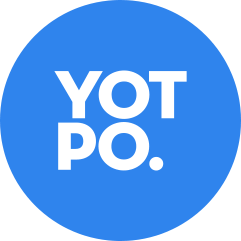We've Donated Over $2.5M To Conserve Parks Through Our Social Project
Before starting Parks Project, I was one of TOMS' earliest employees. I was initially struck by discovering the overwhelming backlog of much-needed funding to complete projects in parks and uncovered a need to educate the next generation of advocates.
With that in mind and taking key learnings from my previous ventures, I started Parks Project to show consumers that conservation can be cool and stylish. In only 8 years, what started as one t-shirt has grown to dozens of apparel and home goods and more than $2.5 million in donations to more than 50 conservatories that ensure the projects they’re committing to making the biggest impact.
Parks Project's mission is to protect and preserve our parklands for generations to come by educating, advocating, volunteering, and activating park supporters to get involved in conservation.
You have to have the passion for the idea to let go of many other things in life, dedicate 110% to the startup, and jump off the cliff head first.

Download the report and join our email newsletter packed with business ideas and money-making opportunities, backed by real-life case studies.

Download the report and join our email newsletter packed with business ideas and money-making opportunities, backed by real-life case studies.

Download the report and join our email newsletter packed with business ideas and money-making opportunities, backed by real-life case studies.

Download the report and join our email newsletter packed with business ideas and money-making opportunities, backed by real-life case studies.

Download the report and join our email newsletter packed with business ideas and money-making opportunities, backed by real-life case studies.

Download the report and join our email newsletter packed with business ideas and money-making opportunities, backed by real-life case studies.

Download the report and join our email newsletter packed with business ideas and money-making opportunities, backed by real-life case studies.

Download the report and join our email newsletter packed with business ideas and money-making opportunities, backed by real-life case studies.














